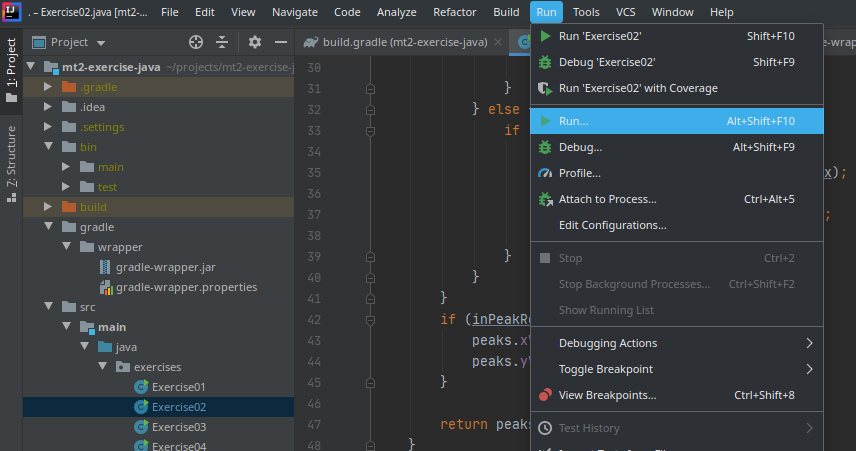
The useParams() hook is used to grab the ID from the URL and useNavigate() allows you to navigate back to the GroupList after adding or saving a group. Package import .model.Event import .model.Group import .model.GroupRepository import import import import import class Initializer implements CommandLineRunner export default GroupEdit At a high level, there’s a Group that represents the JUG, an Event that has a many-to-one relationship with Group, and a User that has a one-to-many relationship with Group.Ĭreate a src/main/java/com/okta/developer/jugtours/model directory and a Group.java class in it. The first thing you’ll need to do is to create a domain model that’ll hold your data. TIP: If you’re using IntelliJ IDEA or Spring Tool Suite, you can also use Spring Initializr when creating a new project. To begin, navigate to and make the following selections:Ĭlick Generate Project, expand jugtours.zip after downloading, and open the project in your favorite IDE. Why am I telling you this? Because I thought it’d be fun to create a “JUG Tours” app today that allows you to create/edit/delete JUGs and view upcoming events.

I recently took his advice and traded overseas conferences for JUG meetups in the US.

One of my good friends, James Ward, said doing a JUG Tour was one of his favorite developer advocate activities back in the day. I’ve been a Java developer for almost 20 years and love the Java community. My favorite user groups to speak at are Java User Groups (JUGs). I’m a frequent speaker at conferences and user groups around the world.



 0 kommentar(er)
0 kommentar(er)
